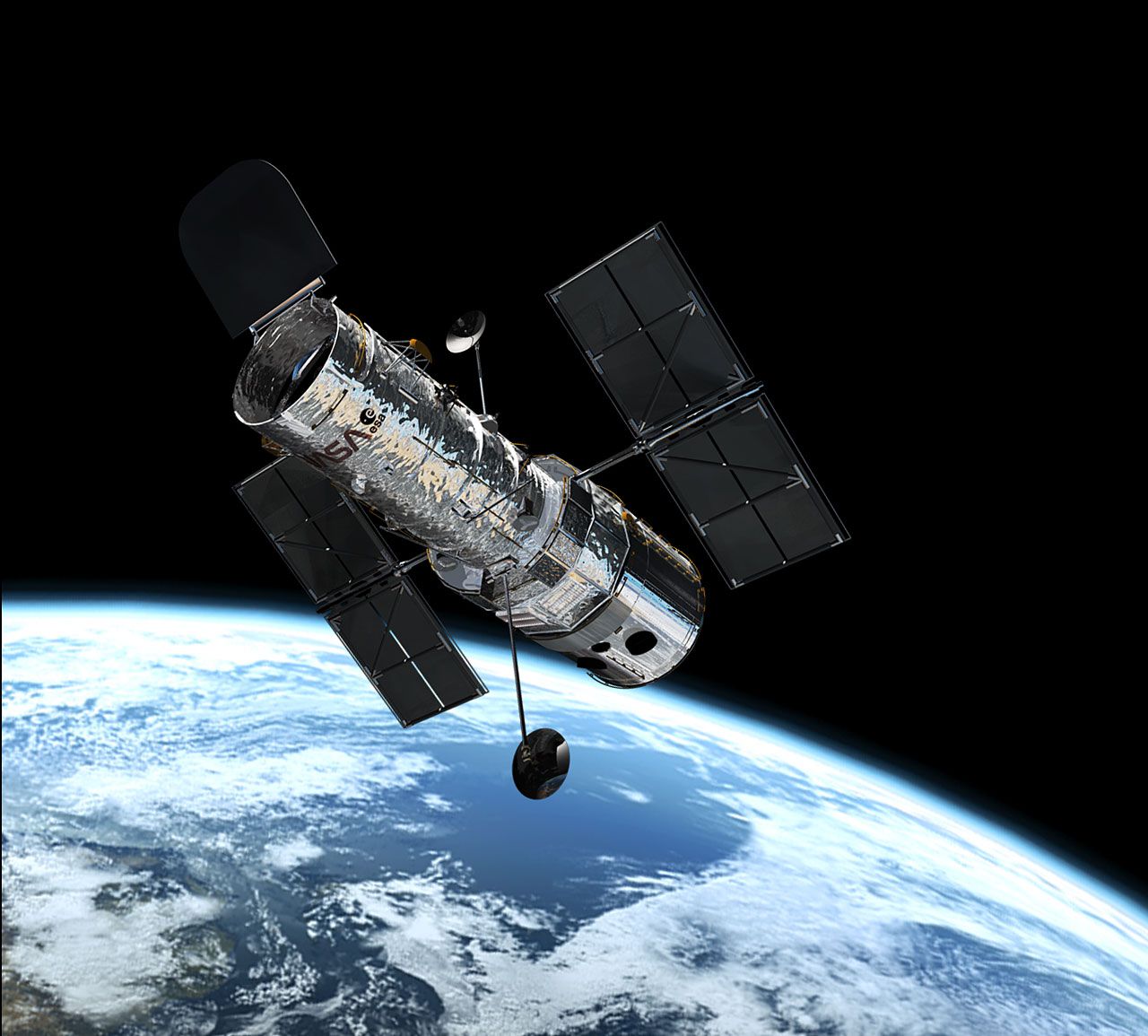-
 LEP
LEP
-
 Equilibrium
Equilibrium
-
 Helium
Helium
-
 Oxytocin antagonist
Oxytocin antagonist
-
 S0/T0
S0/T0
-
 Trisomy 21
Trisomy 21
-
 Monsoon
Monsoon
-
 Ascorbic acid
Ascorbic acid
-
 Minerva
Minerva
-
 Antenna
Antenna
-
 Erratic blocks
Erratic blocks
-
 Polynomial
Polynomial
-
 Geodetic precession
Geodetic precession
-
 Introduced species
Introduced species
-
 Camouflage feathers
Camouflage feathers
-
 Turbulence
Turbulence
-
 Cosmological constant
Cosmological constant
-
 TWMD
TWMD
-
 Tracheostomy
Tracheostomy
-
 Croup
Croup
-
 Phenytoin
Phenytoin
-
 Die
Die
-
 Decryption
Decryption
-
 Insulation
Insulation
-
 Lava tube
Lava tube
-
 Intron
Intron
-
 Error rate
Error rate
-
 Dormant
Dormant
-
 DES
DES
-
 Bar
Bar
Hubble telescope
The fruit of an unprecedented collaboration between the European Space Agency ESA and NASA, the Hubble telescope has had an enormous scientific impact. The incomparably sharp images sent by the space observatory have allowed us to explore the depths of space and have revealed stupefying phenomena.
Hubble was placed in orbit on 24 April 1990 by a space shuttle. It was designed to answer the main questions that preoccupied scientists at the time. The telescope is 13.3 m long and 4.3 m in diameter. It weighs over 11 tonnes. Its Cassegrain type reflector has a diameter of 2.40 m and is equipped with two photographic chambers, two spectrographs and a photometer.
Although Hubble's contribution to astronomy has been considerable, this first of the larger space telescopes is showing obvious signs of wear. After the final service mission, which was in 2009, Hubble is expected to continue to function until at least 2014. During the final mission, which was filmed, new instruments were taken up and other instruments replaced. A mechanism was installed to allow safe de-orbiting of the telescope at the end of its lifespan.
Its successor, the James Webb space telescope, should be launched in 2018.
 Hubble telescope
Hubble telescope
Latest
Fill out my online form.



